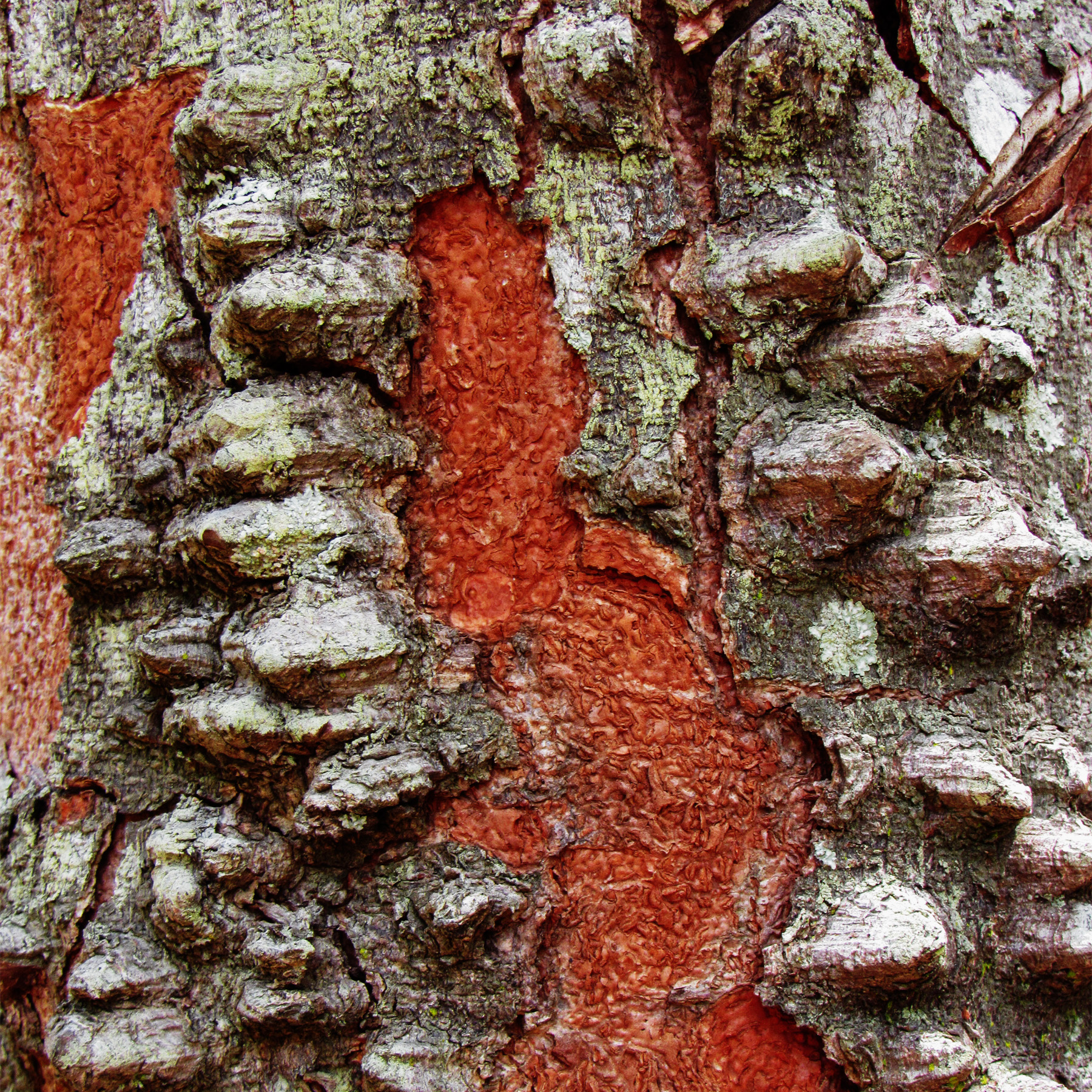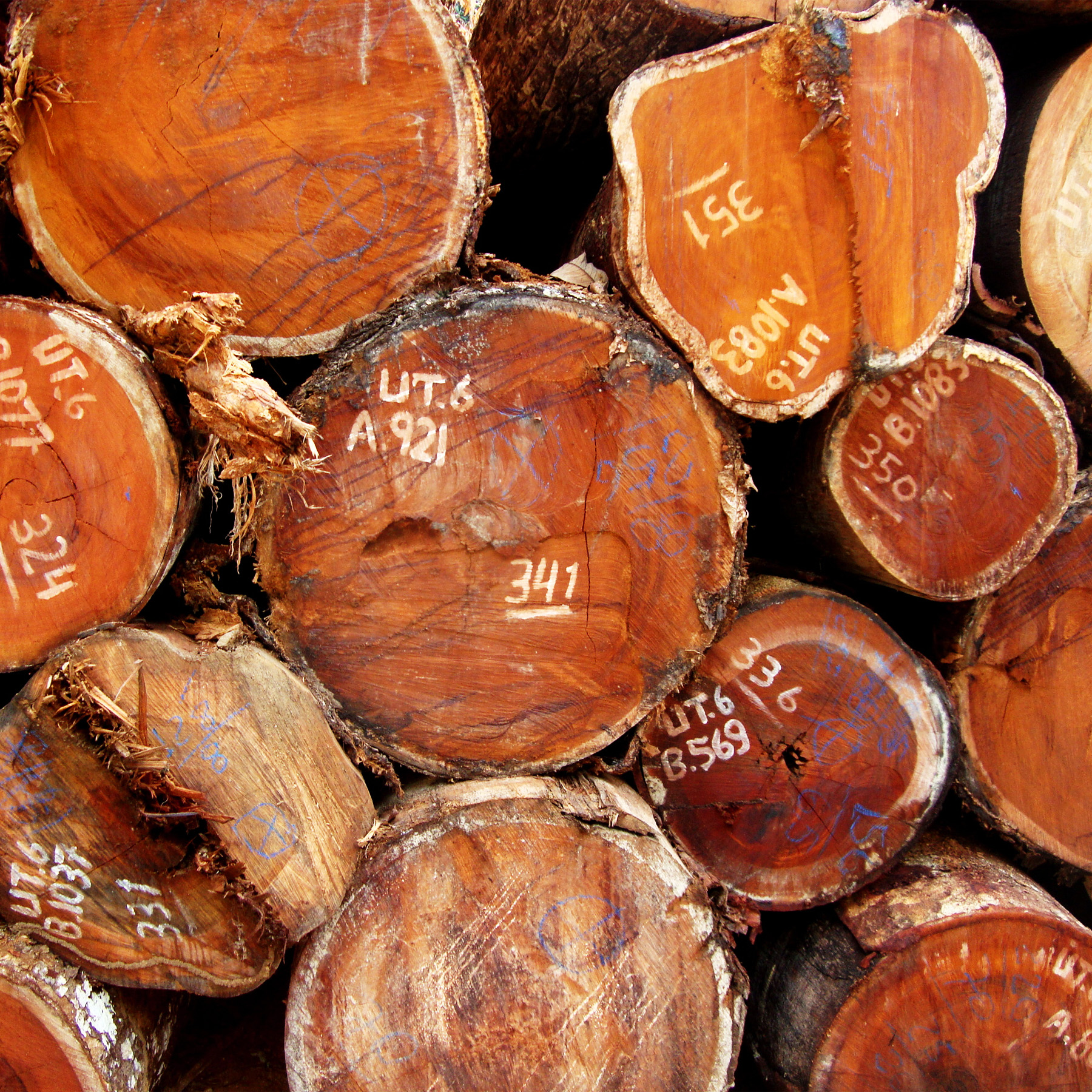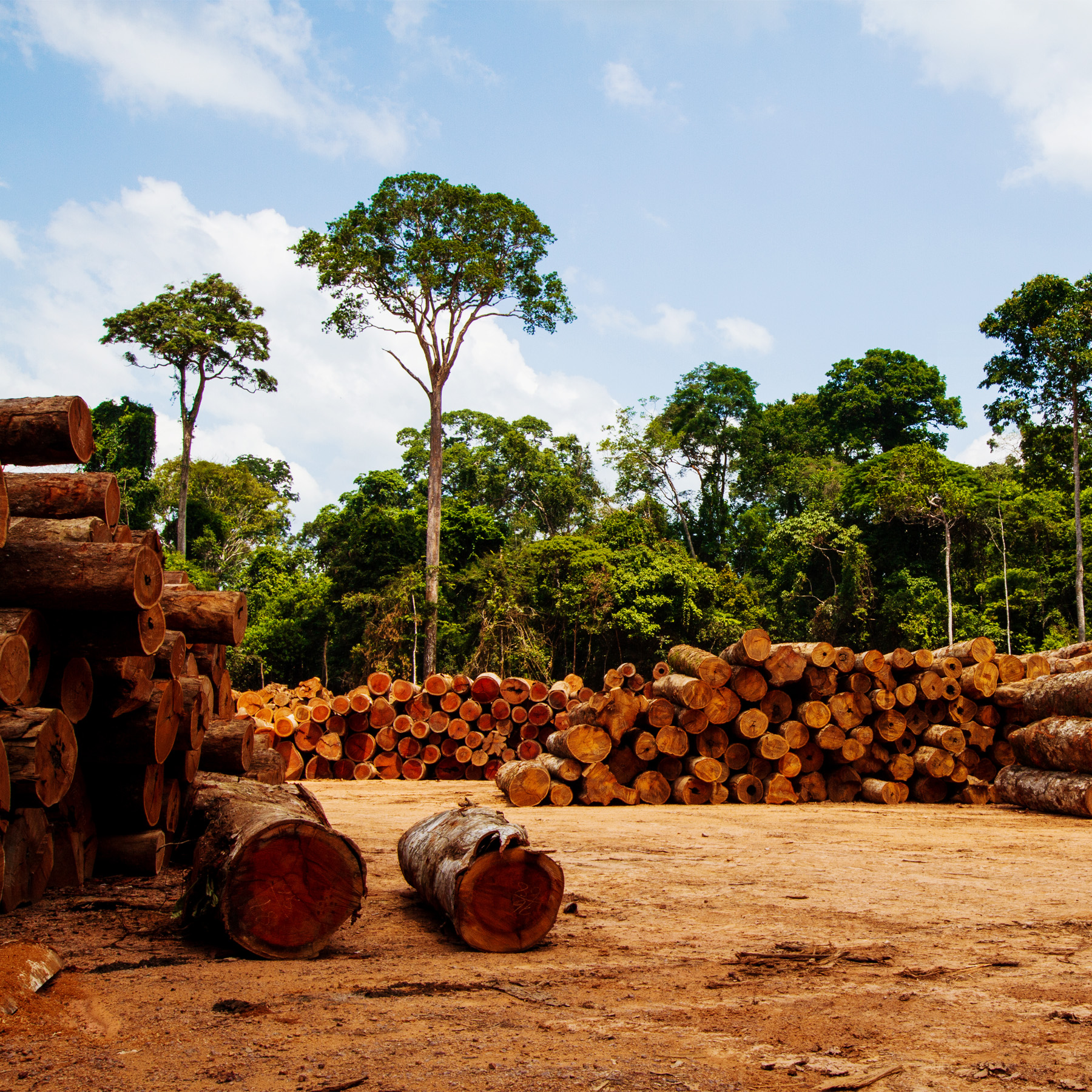Brazil is vast and populous, teeming with biodiversity, blessed with fertile farmland, and rich with mineral wealth. Along with agriculture and mining, its burgeoning manufacturing and services industries contribute to its position as a major world economy — one of four, along with Russia, India, and China, that are considered likely to disrupt US and Western economic dominance.
And yet, the previous decade has shown that the Brazilian economy is still vulnerable to shifts in commodity prices — it slipped into recession in 2014 — and its democracy has been undermined by a seemingly endless string of corruption scandals. Despite decades of progress in reducing poverty, the divide between rich and poor has increased over the last 5 years in what was already one of the most unequal countries in the world, in terms of income (Neri 2020). And while deforestation had been curtailed dramatically since its peak in 2004, the past few years have seen a resurgence, with rainforests being destroyed in fires or cleared for agriculture and mining.
Brazil’s record of environmental degradation, corruption, and inequality is closely tied to its colonial history. Since the first settler populations arrived from Europe, the land and its peoples have been ruthlessly exploited to produce minerals, gems, rubber, sugarcane, and, most famously, coffee. The country’s name was taken from the first commodity exported to Europe, brazilwood, which was used to produce a deep red dye. (Brasa is Portuguese for ‘ember’.)
The deep red wood of Brazilwood trees. Brazilwood, Brazil’s first colonial export, was used mainly to make dyes but also for furniture and musical instruments.
Brazil is the sixth-largest country in the world by population and the fifth-largest by area, making up half the landmass of South America. It is located in the Amazon basin, which contains the world’s largest river system and largest area of virgin rainforest. The Amazon rainforest contains fully 10% of all the world’s species,


